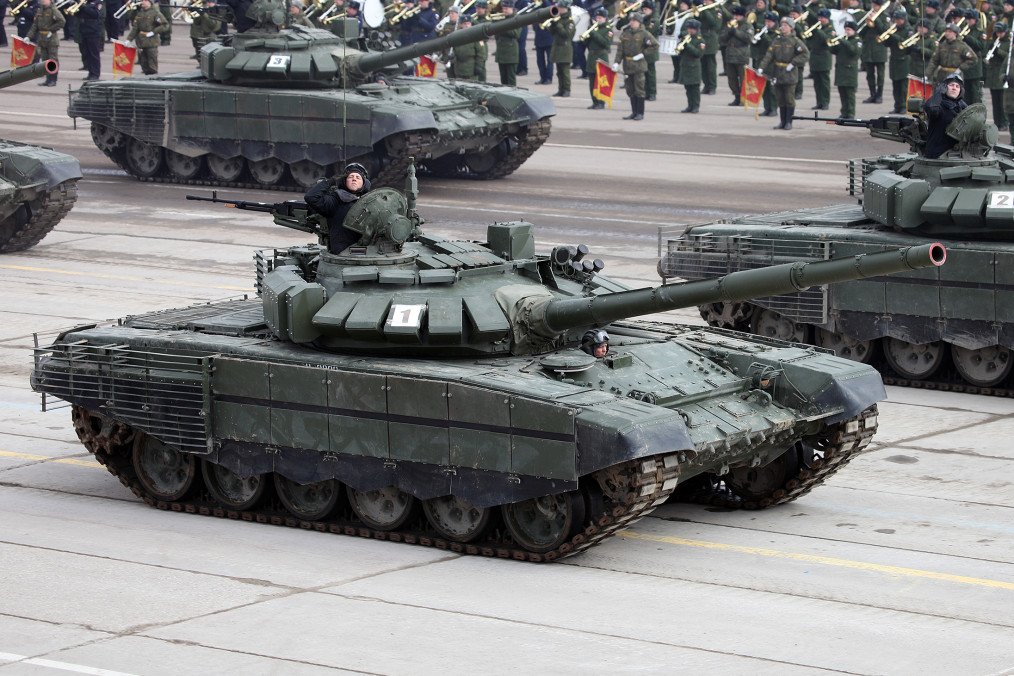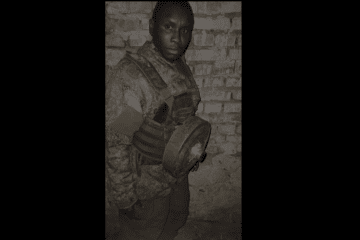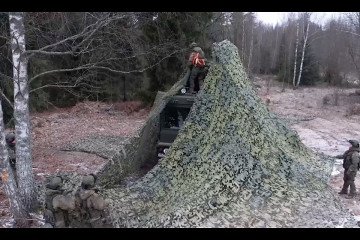- Category
- Latest news
Russia's Military Equipment Capacity Under Pressure as Soviet-Era Weaponry Is Depleting

According to an analysis from The Economist, Russia's stocks of Soviet-era weapons are starting to run low with new production being unable to keep up with the demand.
The offensive in the Kharkiv region is struggling, and advances in other directions have proven strategically minor yet costly. This raises the question of Russia’s ability to maintain its current pace of operations.
Russia’s main struggle is not manpower or missiles, the production of which surged, but tanks, armored infantry vehicles, and artillery.
According to most intelligence assessments, by the end of the war's initial two years, Russia had reportedly lost approximately 3,000 tanks and 5,000 other armored vehicles. Oryx, a Dutch open-source intelligence platform, cites verifiable evidence for 3,235 Russian tank losses, indicating the true number is likely even greater.
In December 2023, when then-Defense Minister Sergei Shoigu announced the delivery of 1,530 tanks for the year, he failed to disclose that nearly 85% of these tanks, as assessed by the International Institute for Strategic Studies in London, were not new. They were older models, primarily T-72s, alongside T-62s and even some T-55s dating back to just after World War II, that had been refurbished after being retrieved from storage.
According to the analysis, Russia faces significant constraints in its capacity to manufacture new military equipment:
Annual production capability is restricted to approximately 30 new tanks
A substantial majority, 85%, of tanks delivered in 2023 were refurbished older models
Sanctions have severed access to critical imported components
The former Soviet-era weapons supply chain has ceased to exist
Artillery-barrel production is a pressing concern for Russia too. Currently, with assistance from North Korea, they seem to have an adequate supply of shells, estimated at around 3 million for this year. However, the intensive use of artillery has led to rapid wear and tear on the barrels.
According to Pavel Luzin, an expert on Russian military capacity at the Washington-based Centre for European Policy Analysis, the challenge lies in the scarcity of Austrian-made rotary forging machines, crucial for barrel production. Only two factories possess these machines, with the last one imported as recently as 2017. Each factory can produce approximately 100 barrels annually.
Experts project that given the current attrition rates, Russia's capacity to refurbish tanks and infantry vehicles from storage will likely reach a "critical point of exhaustion" by late 2025. This anticipated depletion may necessitate a shift for Russian forces toward a more defensive stance, potentially as early as the end of summer 2024.
Michael Gjerstad, an analyst with The International Institute for Strategic Studies, suggests Russian forces may need to transition to a significantly more defensive posture before the end of this year. He even suggests this shift could become evident as early as the end of 2024 summer.
-f88628fa403b11af0b72ec7b062ce954.jpeg)

-111f0e5095e02c02446ffed57bfb0ab1.jpeg)



-72b63a4e0c8c475ad81fe3eed3f63729.jpeg)